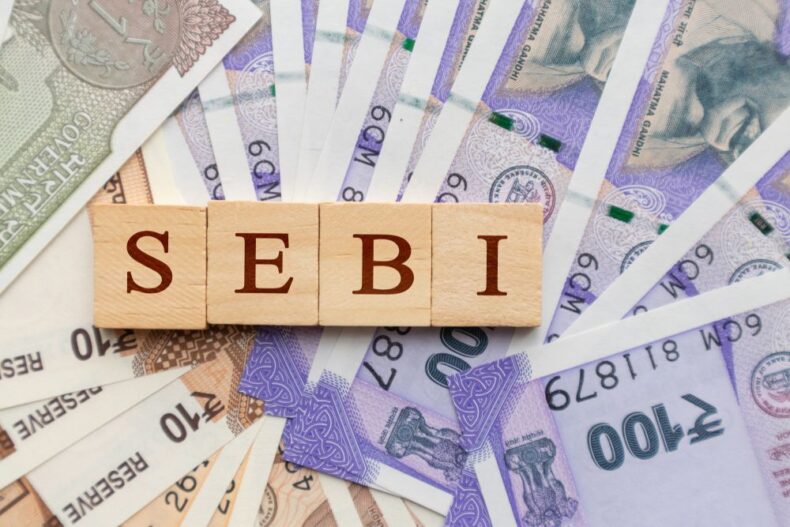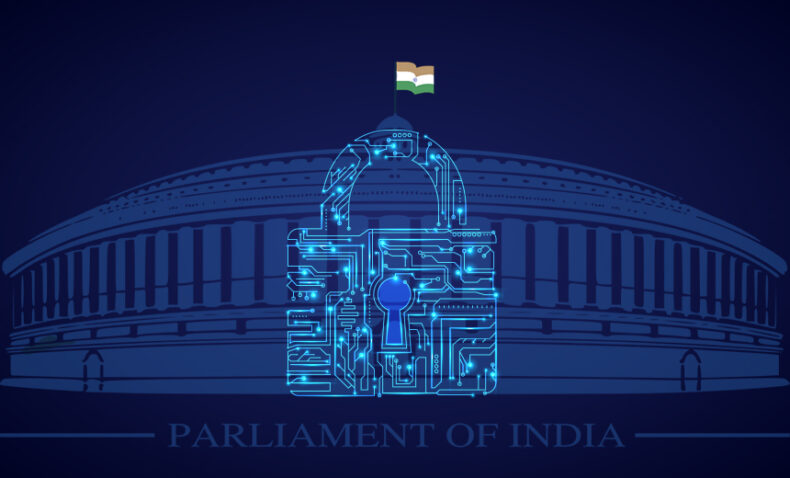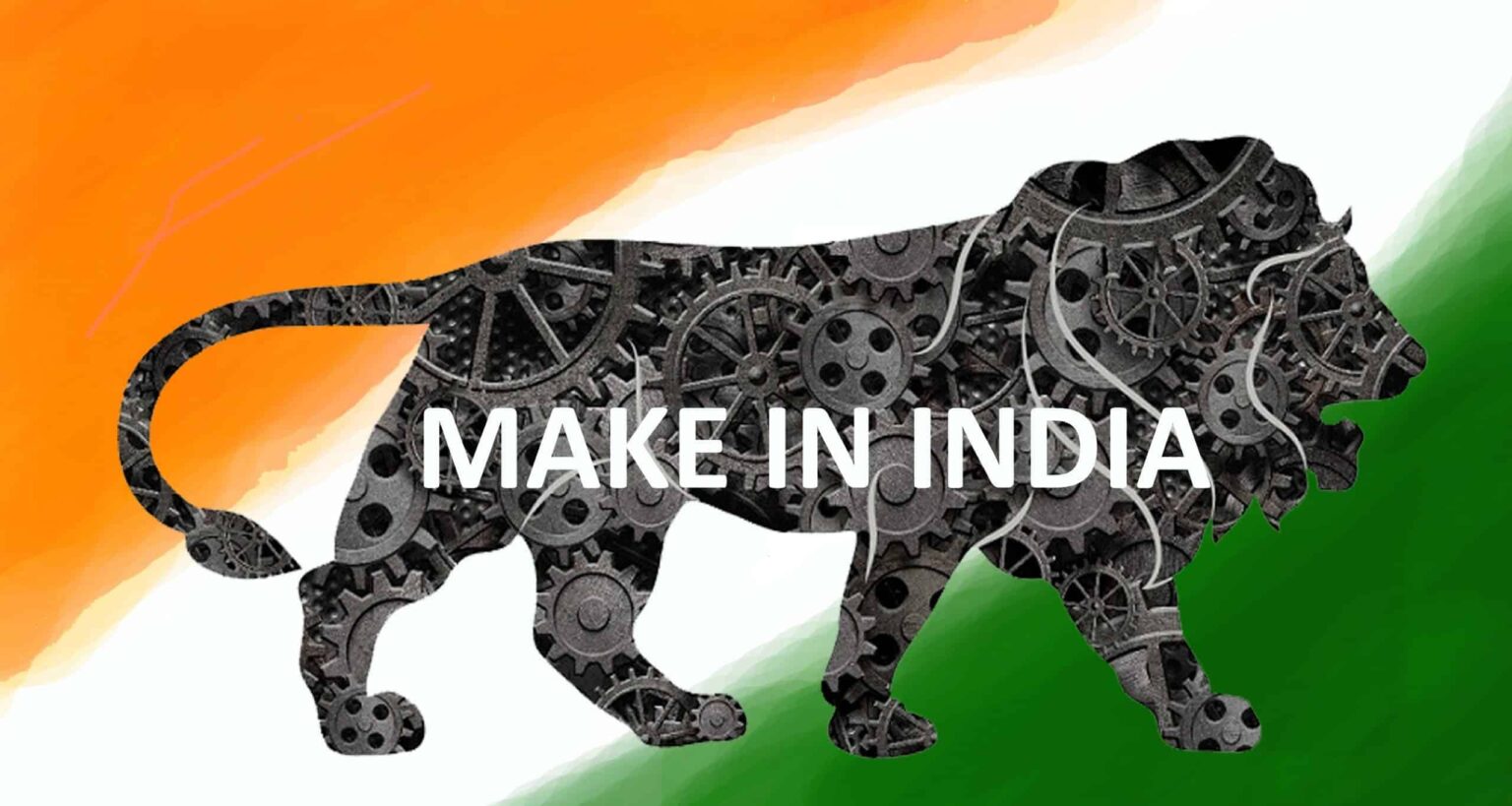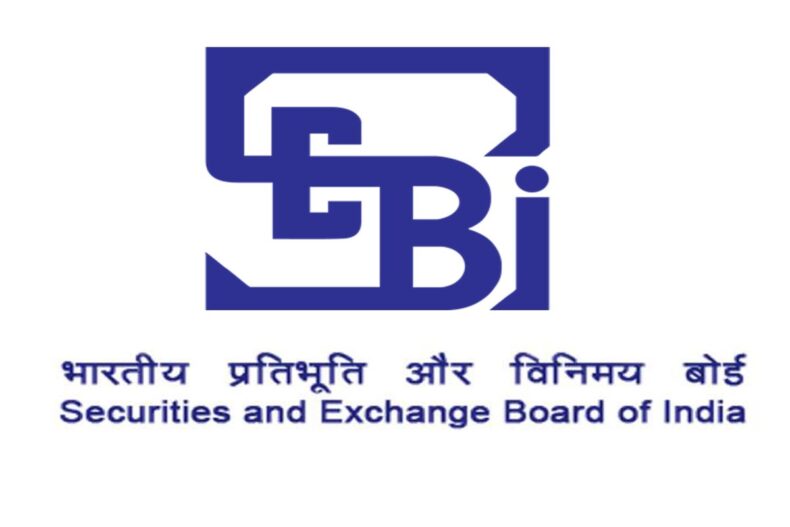Author: Saumya Modi
Established in 1988, the Securities and Exchange Board of India (SEBI) is the regulatory authority responsible for overseeing the securities market in India. With fairness and transparency at its core, SEBI aims at protecting the interests of investors with the promotion of development and regulation of the securities market. SEBI’s Regulatory Framework for Mutual Funds’ Sponsors One of the key fundamentals of SEBI’s workings involves transparency. With the recent introduction of a regulatory framework whilst its circular dated 2024.07.08 titled “Regulatory Framework for Sponsors of a Mutual Fund”, the capital market watchdog aims to create a more reliable and accountable…
In India, numerous instances have arisen in which individuals have expressed apprehensions regarding privacy, leading to the registration of these concerns. In response, the esteemed Supreme Court of the country has rendered verdicts that strongly oppose any infringement upon the citizens’ Right to Privacy. Although the Indian Constitution does not explicitly include an article dedicated to this matter, the Supreme Court of India has expansively interpreted Article 21 and affirmed that the right to privacy is also considered a fundamental right. The Supreme Court proclaimed the right to privacy a basic right in the Puttaswamy v. Union of India case…
What is Startup20? Startup20, created as part of the G20 India Presidency 2024, is an authorised engagement group. It functions as a platform for dialogue among key players in the global startup ecosystem, aiming to advocate for the interests of entrepreneurs by addressing macroeconomic concerns and challenges to G20 leaders. Startup20 India will utilize Task Forces to focus on essential areas and generate recommendations supporting worldwide startup ecosystems. These recommendations will be compiled into a formal communication, which will be presented to the G20 India presidency and discussed during the G20 Summit in 2024. Government: Facilitator and not a Regulator …
The Nirbhaya Case: 2012 The Nirbhaya case shook India in 2012 when a 23-year-old woman, known as Nirbhaya, was brutally gang-raped and murdered by six men on a moving bus in Delhi. This horrifying incident sparked massive protests and outrage across the country, with people demanding justice and stricter laws to combat violence against women. To address the urgent need for action, the Indian government established the Nirbhaya Fund in 2013. Initially, 1,000 crores (about $146 million) were allocated to this fund, aiming to support initiatives that improve the safety and security of women in the country. The Nirbhaya Fund…
Introduction to Corporate Social Responsibility Corporate Social Responsibility (CSR) is a concept that originated from the Companies Act of 2013, which was implemented in India. This act mandates that companies must engage in activities that contribute to socially and environmentally relevant causes. The objective of CSR is to encourage companies to interact and operate with stakeholders who have a vested interest in the company’s operations. This approach is often called the “Triple-Bottom-Line-Approach” because it aims to enhance the company’s financial interests and its responsibilities towards society as a whole. The Companies Act of 2013 introduced a notification on February 27,…
History of the United Nations The United Nations (UN) was founded in 1945 to promote peace, security, and cooperation among nations. It comprises 193 member states, each represented in the General Assembly. The UN Security Council (UNSC), a principal organ, maintains international peace and security and consists of 15 permanent members, including the United States, Russia, China, the United Kingdom, and France. The P5 members have the power to veto resolutions, giving them considerable influence and responsibility within the UN Security Council. Although discussions have been held about expanding the Security Council to include other countries, any modification requires a…
Unveiling “Make in India”: the 2014 Landmark The 2014 launch of Make in India aimed at transforming India into a global manufacturing hub. The initiative encouraged both multinational and domestic companies to produce their goods within the country with the goal of expanding the Indian market. The Prime Minister of India, Shri Narendra Modi, expressed his invitation to the world, urging companies to manufacture in India while emphasizing the country’s skilled workforce, talent, discipline, and eagerness to contribute. “I want to tell the people of the whole world: Come, make in India. Come and manufacture in India. Go and sell…
Every stock market worldwide has a watchdog that keeps a tight check on market activity to guarantee that the frivolous activities of other participants influence no participant’s interests. The Securities and Exchange Board of India (SEBI) was established in India to ensure that market activities are free and fair. The idea of “merit-based control” over the pricing of public offers was replaced by the philosophy of “full and fair disclosure” with the formation of SEBI as an arm of the Government of India on April 12, 1988. In recent times, there has been mushrooming of Foreign Portfolio Investors in India.…
Backdrop Article 44 of the Constitution of India directs us to the Uniform Civil Code (UCC) principle. Fostering this idea is believed to enable a just and equal framework of rights applicable to the whole of the Indian territory. These principles are not enforceable in a court of law but they are the guiding Directive Principles of State Policy. While a class of citizens see it as a pillar of national integration, some perceive it as a threat to religious freedom and diversity. The current Indian atmosphere suggests the prevalence of personal laws followed by different religious groups based on…
1.History2.Menstruation: The Celebrated Taboo3.The Current ScenarioA Guide to the Article: “The Blessed Yoni: Ambubachi Mela in the 21st Century” History There exists a profoundly powerful narrative concerning the Kamakhya Temple, which encompasses one of the revered Shakti Pithas. The tale delves into antiquity when Lord Shiva was united in matrimony with Sati, an embodiment of divine feminine energy. When Sati’s father, Daksha, disparaged her husband, Lord Shiva, she immolated herself, utilizing her own potent vitality. Enraged, Lord Shiva clutched her charred remains and engaged in a furious dance. Subsequently, fragments of her bodily form descended and scattered across diverse locations.…
Contact us:
online@asianatimes.com
Copyright © 2024 Asiana Times. All Rights Reserved
















